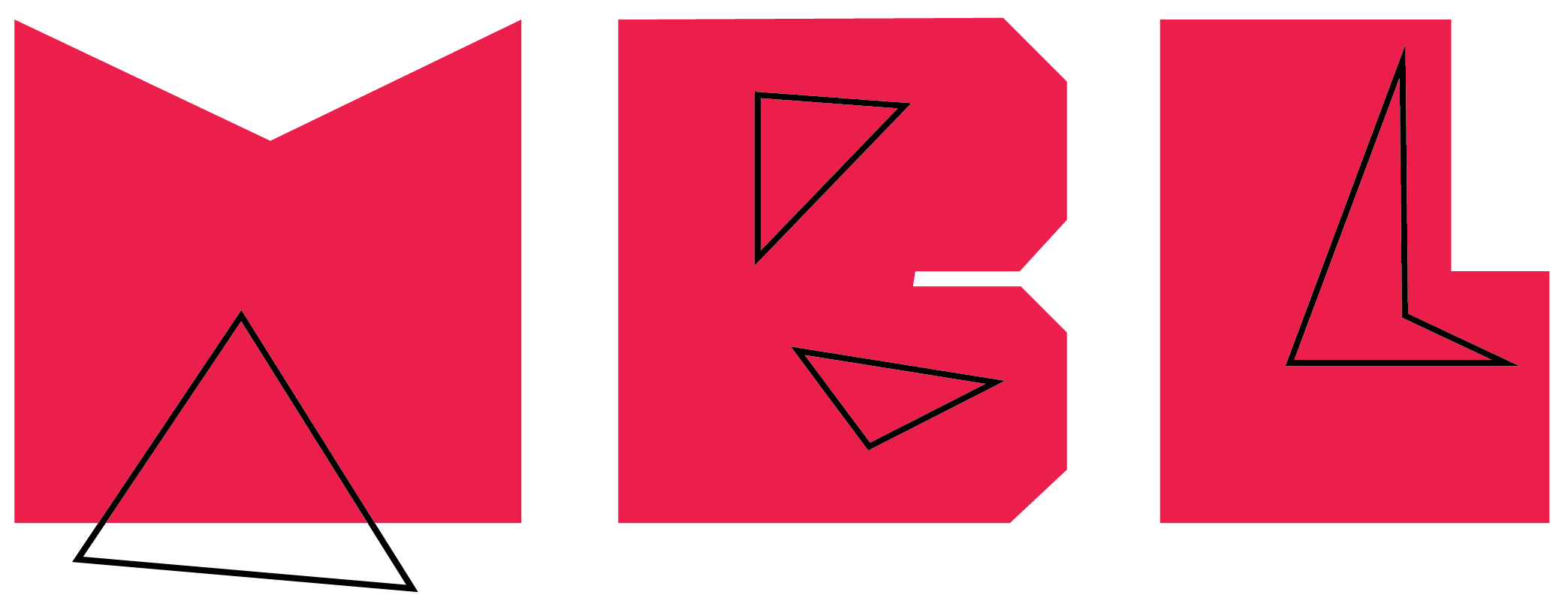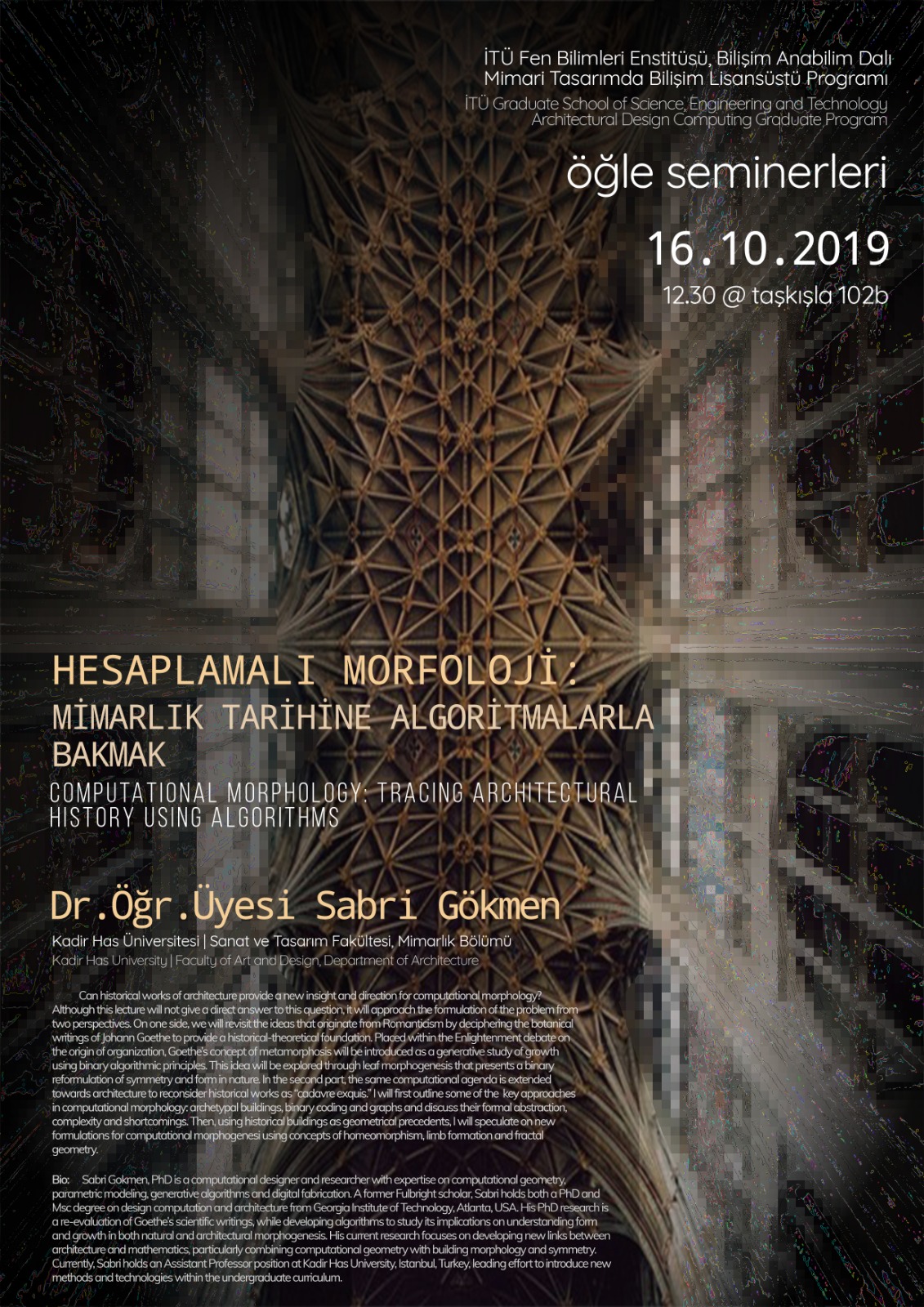Seminar: Computational Morphology
Abstract: Can historical works of architecture provide a new insight and direction for computational morphology? Although this lecture will not give a direct answer to this question, it will approach the formulation of the problem from two perspectives. On one side, we will revisit the ideas that originate from Romanticism by deciphering the botanical writings of Johann Goethe to provide a historical-theoretical foundation. Placed within the Enlightenment debate on the origin of organization, Goethe’s concept of metamorphosis will be introduced as a generative study of growth using binary algorithmic principles. This idea will be explored through leaf morphogenesis that presents a binary reformulation of symmetry and form in nature. In the second part, the same computational agenda is extended towards architecture to reconsider historical works as “cadavre exquis.” I will first outline some of the key approaches in computational morphology: archetypal buildings, binary coding and graphs and discuss their formal abstraction, complexity and shortcomings. Then, using historical buildings as geometrical precedents, I will speculate on new formulations for computational morphogenesis using concepts of homeomorphism, limb formation, and fractal geometry.
Bio: Sabri Gokmen, PhD is a computational designer and researcher with expertise on computational geometry, parametric modeling, generative algorithms and digital fabrication. A former Fulbright scholar, Sabri holds both a PhD and Msc degree on design computation and architecture from Georgia Institute of Technology, Atlanta, USA. His PhD research is a re-evaluation of Goethe’s scientific writings, while developing algorithms to study its implications on understanding form and growth in both natural and architectural morphogenesis. His current research focuses on developing new links between architecture and mathematics, particularly combining computational geometry with building morphology and symmetry. Currently, Sabri holds an Assistant Professor position at Kadir Has University, Istanbul, Turkey, leading effort to introduce new methods and technologies within the undergraduate curriculum.

